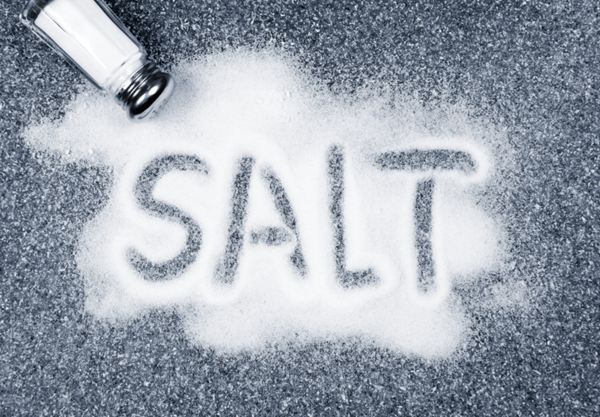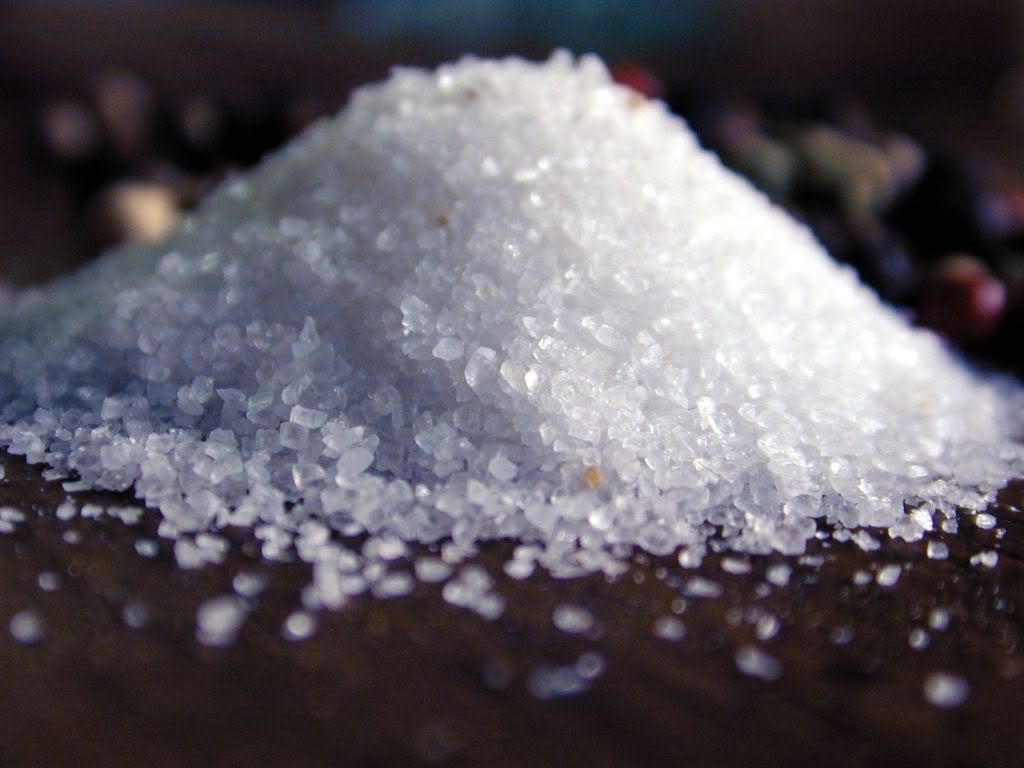Ever wonder what the saltiest salt is? Can you believe that’s even a concern in your life?
Salt is one of those ingredients you just can’t live without. It enhances the flavor of your cooking, making your meals so much more enjoyable. But did you know that there are different types of salt? Some are higher in sodium, have more flavor, or may even contain dangerous chemicals. Understanding the differences between the types of salt will help you know which is best, safest, and saltiest salt for your use.
Here’s what you need to know:
- Himalayan Pink Salt — Do you know what gives this salt its pink color? The coloring is thanks to the iron oxide, also known as rust. Pink salt contains magnesium, potassium, and calcium along with the sodium. These minerals alter the flavor slightly, giving it a unique taste that makes it highly appealing. It has a similar sodium profile to regular table salt, but just a few extra minerals.
- Table Salt –– Also known as refined salt, this is a highly refined form of salt that has been ground fine and had most of the trace minerals and impurities removed. However, anti-caking agents are mixed in with the grains of salt to prevent clumps, and the salt is 97% sodium chloride. Iodine is sometimes added to table salt to ensure you get enough of this vital mineral.
- Kosher Salt –– Kosher salt was created in Israel for use in Jewish religious ceremonies and practices. The salt is coarse and flaky, making it effective at removing the blood from meat (making the meat kosher). The large, coarse flakes are easy to cook with, and Kosher salt is less likely to contain additives and anti-caking agents. It’s similar to regular salt, just with bigger grains and no extra ingredients.

READ MORE: The Bath Everyone Should Be Taking
- Sea Salt –– Sea salt is harvested from the ocean, which is both a good and bad thing. The fact that it’s ocean water means that the salt may have extra minerals–potassium, zinc, and iron among others. However, remember that a lot of chemicals and pollutants are dumped into the ocean, so there is a risk that the saltwater from which the salt is extracted may be polluted or laced with heavy metals. The minerals and “impurities” can alter the flavor of the sea salt, making it taste different from regular table salt. There are two types of sea salt:
- Crystalline — The crystals are irregular in size and shape, which affects the rate of dissolution. The impurities in the salt can add unique flavors to your food.
- Flaked –– These flakes are soft and pyramid-shaped, and dissolves faster than any other type of salt. It’s pricey, as it only comes from the Essex coast in England.
- Celtic Salt –– This type of salt comes from France, and it’s the most unique form of salt. Greyish in color, it contains a bit of water, making it much moister than your regular types of salt. It is lower in sodium than your regular salt, and it contains trace minerals. The downside is that it’s not very common, and it’s fairly expensive, but it is one of the saltiest salt options.
So, which of these types of salt is best for your use? Each has its own unique purposes, flavors, and origins, and each will work wonderfully with a wide variety of dishes.
Note: All salt should be used in moderation. High sodium intake can cause high blood pressure, which is a major factor in heart disease. Considering that heart disease is the #1 killer in the world today, it should stand to reason that you should use salt with caution.








